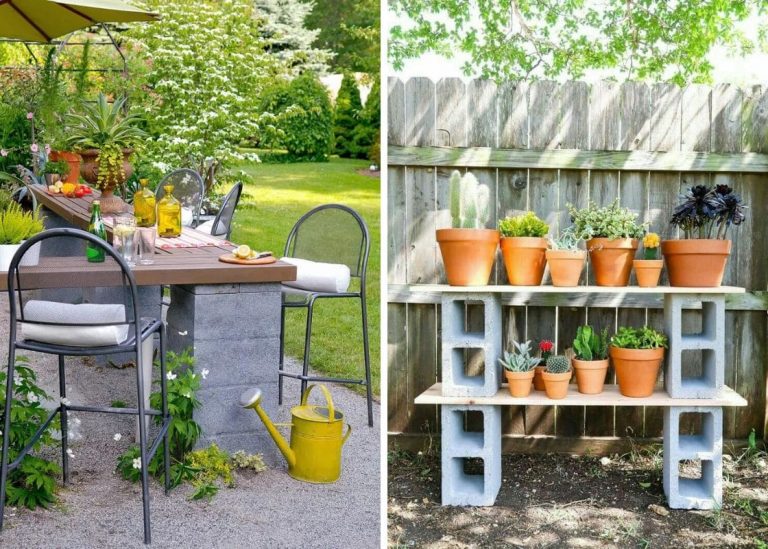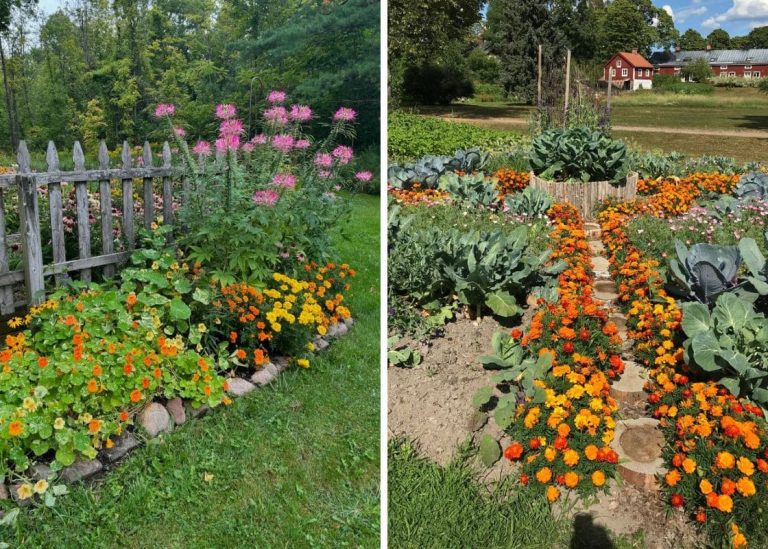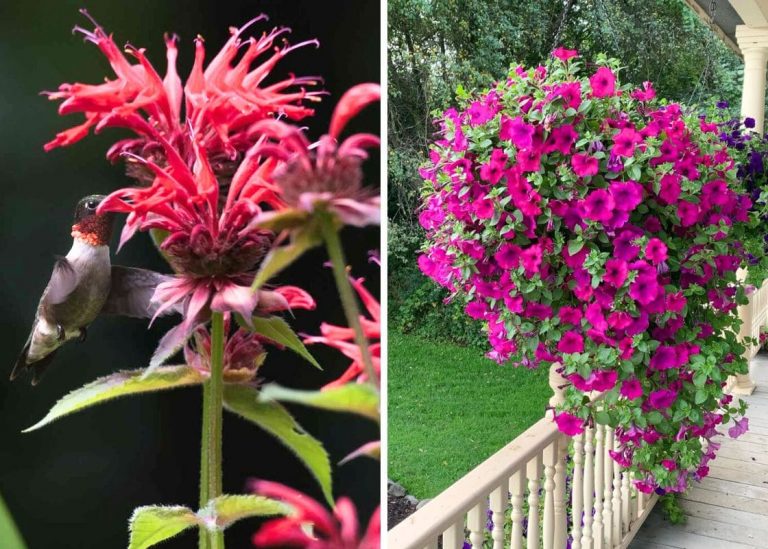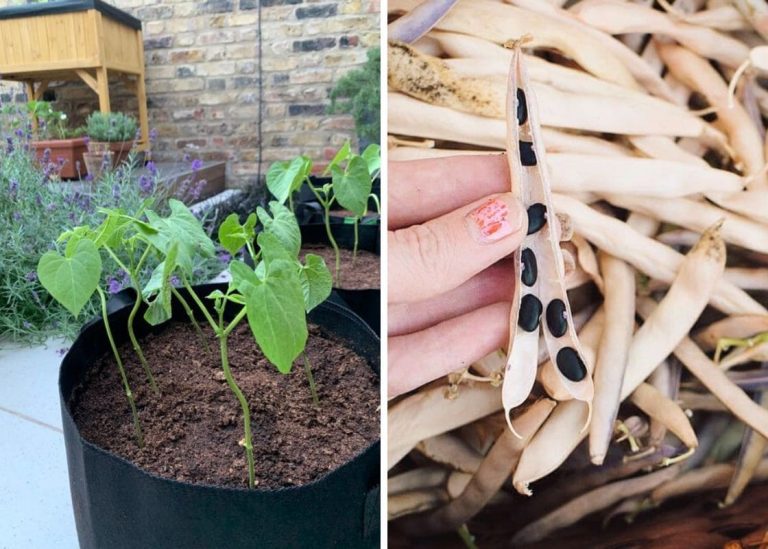20 Amazing Plants That Attract Dragonflies and Repel Mosquitoes
I remember a summer evening when I was seven, sitting barefoot by the old stone pond in my grandmother’s backyard. The air shimmered golden, the lilies had just opened, and dragonflies danced like winged jewels above the water. I was enchanted. Their quick darts, shimmering wings, and curious stillness on tall reeds felt almost magical.
But I also remember the mosquitoes. My arms were covered in welts. We lit citronella candles, burned coils, even waved branches—none of it seemed to work. That contrast stuck with me. Years later, when I began shaping my own garden, I swore I’d learn to invite the dragonflies… and send the mosquitoes packing.
As an experienced gardener, I’ve found that certain plants can create the perfect habitat for dragonflies while repelling mosquitoes naturally. This article is more than a list. It’s a gentle guide drawn from years of digging in dirt, making mistakes, and watching tiny miracles happen.
#1. Water Lilies
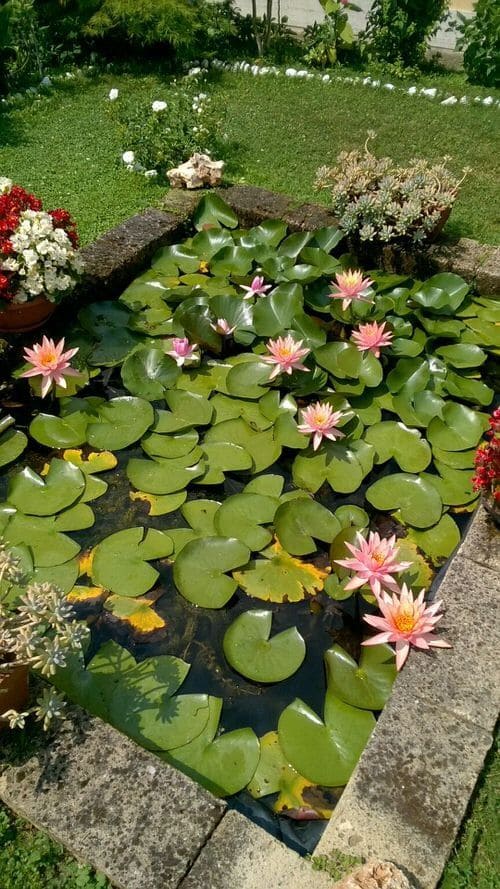
Dragonflies love water, and water lilies are the perfect addition to any pond or water feature. Their floating leaves provide shade and resting spots for dragonflies while discouraging mosquito larvae from developing by reducing open water surfaces.
You should plant hardy water lilies in full sun and shallow water for the best results.
Tip: Choose hardy water lilies and plant them in 6–18 inches of water for maximum effect.
#2. Cattails
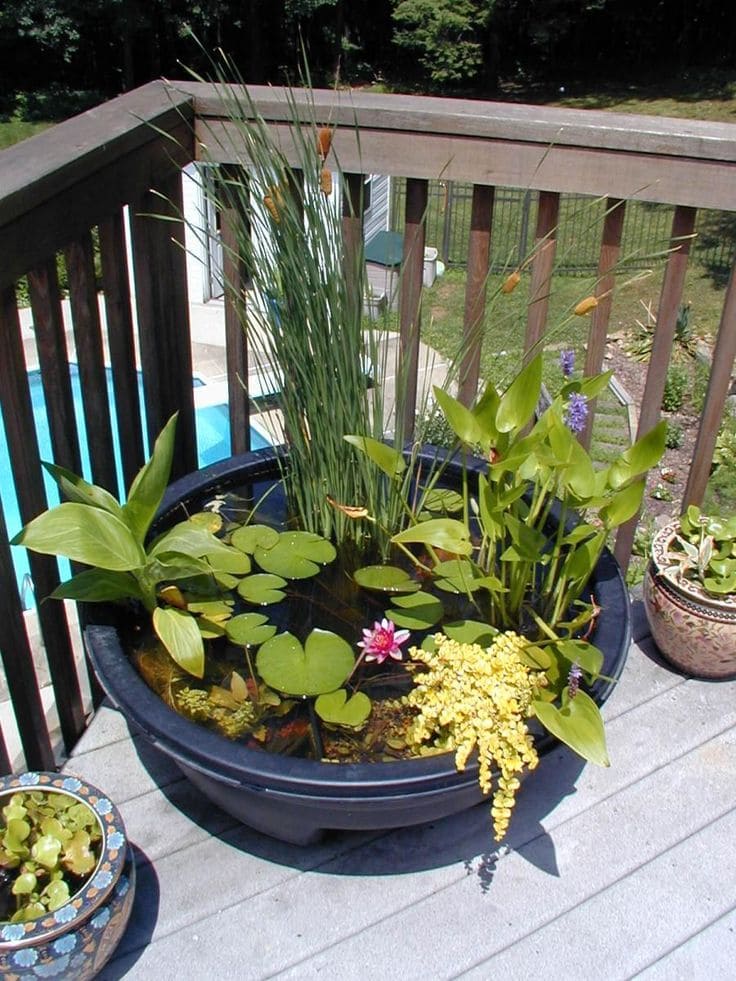
These gentle giants stand like sentinels. Dragonflies adore the sturdy stalks to perch and dry their wings.
Mosquitoes? Not so much—too dense, too breezy. The dense foliage of cattails makes it harder for mosquitoes to breed.
Note: Cattails thrive in shallow water and need full sun to grow well. But don’t overplant—cattails can spread aggressively if left unattended.
#3. Horsetail Reed
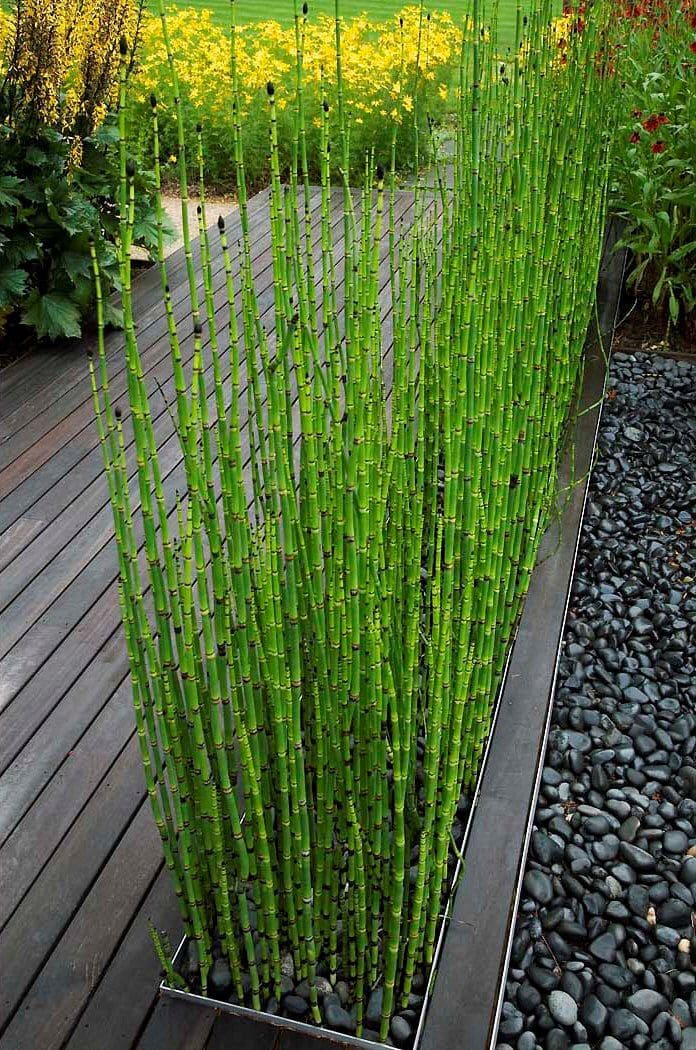
This plant looks like something from an ancient forest—and it acts like one too. Tall, hollow, and jointed like bamboo, horsetail reeds rise proudly near the edge of my boggy corner bed.
Dragonflies perch here more than anywhere else in my garden. Their young nymphs love the base cover, and once grown, they rest on the vertical stems to dry their wings in the sun.
Tip: Plant in containers or borders to prevent aggressive spreading. Moist soil, part sun, and enough space to spread vertically.
#4. Pickerelweed

The first time I saw pickerelweed bloom, I stopped mid-weeding. Its purple spires were glowing in the afternoon sun, and dragonflies were circling like it was a landing beacon.
It thrives in shallow water, offering nectar, shade, and egg-laying zones. And it’s stunning—really.
Should: Keep in full sun and water no deeper than 12 inches.
Don’t forget: Remove faded flowers to keep blooms coming.
#5. Arrowhead

Its sculptural, arrow-shaped leaves and delicate blooms draw dragonflies while blocking mosquito-spawning territory. They thrive in shallow edges where mosquitoes typically lay.
My note: I love pairing arrowhead near rocks—it’s where I spot the most dragonfly egg-laying.
#6. Wild Celery
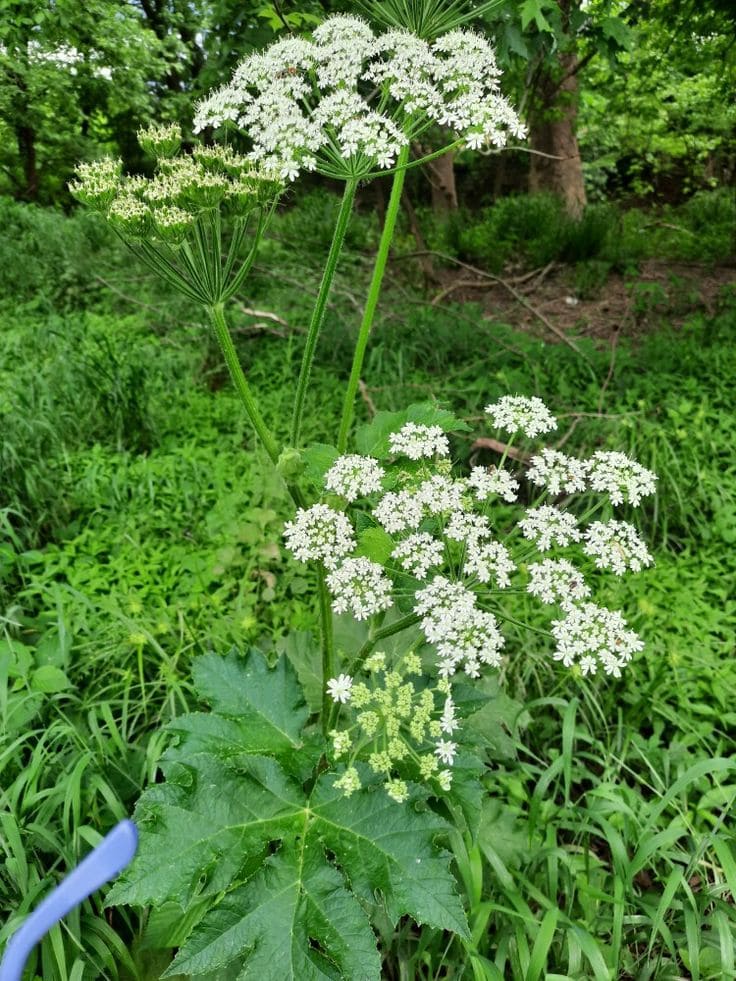
Wild celery is a submerged aquatic plant that dragonfly larvae use for shelter. Its ribbon-like leaves grow underwater, creating a safe space for nymphs while reducing mosquito larvae.
Planting tip: Needs slow-moving water, clear enough for sunlight to filter in.
Don’t expect: Flowers—this one’s beauty is hidden beneath.
#7. Blue Flag Iris
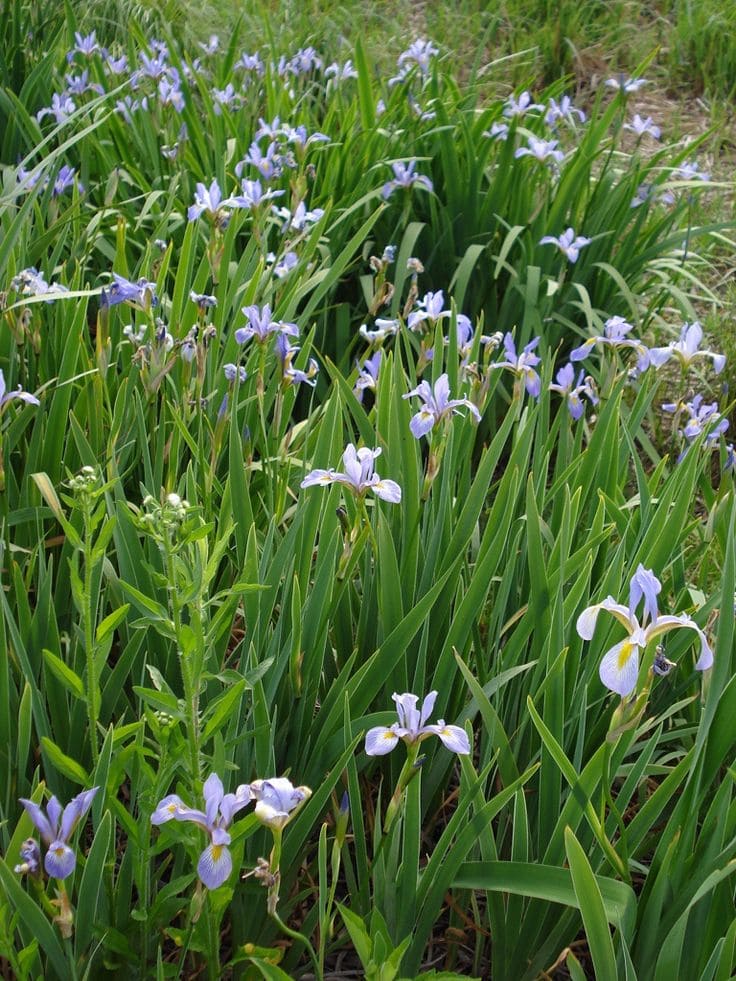
Rich lavender-blue blossoms against water’s edge? Breathtaking. It thrives along pond edges, providing shade and habitat for dragonfly nymphs while discouraging mosquitoes.
Nurturing tip: Keep soil consistently moist. It doesn’t like to dry out.
#8. Swamp Milkweed

Swamp milkweed might be one of the most graceful surprises I ever added. Its clusters of dusky pink flowers smell faintly sweet, like honey left in the sun.
It draws both butterflies and dragonflies, while the scent and sap help keep mosquitoes away.
Shouldn’t: Let soil dry out; this one craves moisture to shine.
#9. Papyrus
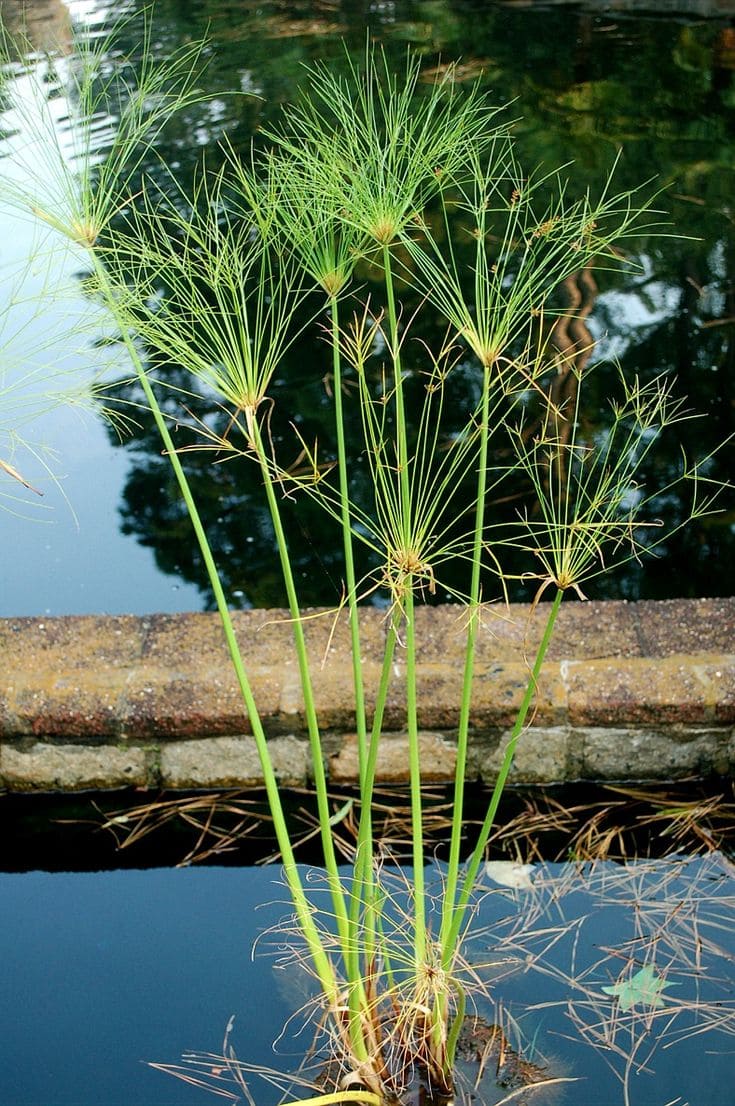
Papyrus has a way of making any corner feel a bit more exotic. Tall, slender stems hold up grassy green “umbrellas” where dragonflies love to rest.
I keep mine in a ceramic pot partially submerged. It’s dramatic, elegant, and keeps mosquitoes off the patio.
Should: Plant in water or soggy soil.
Great for: Balconies or ponds where vertical structure adds interest.
#10. Marsh Marigold

Marsh marigolds are like little bursts of sunlight. Their yellow flowers pop up early in spring and bring joy long before the other blooms.
Dragonflies love to bask on their leaves. And the dense growth naturally deters mosquitoes.
Tip: Give it some dappled shade in warmer climates. I almost lost mine in a full-sun spot during a heatwave—it prefers a cooler, damper hug of light
#11. Pondweed

Pondweed is the quiet worker in the garden’s underwater orchestra. It doesn’t look like much from above, but beneath, it’s a safe haven for baby dragonflies.
When I finally added it, I noticed the pond water stayed clearer and dragonfly populations steadily grew.
Best use: Oxygenation and shelter in ponds. Don’t forget: Balance with floating plants to avoid overgrowth.
#12. Joe-Pye Weed
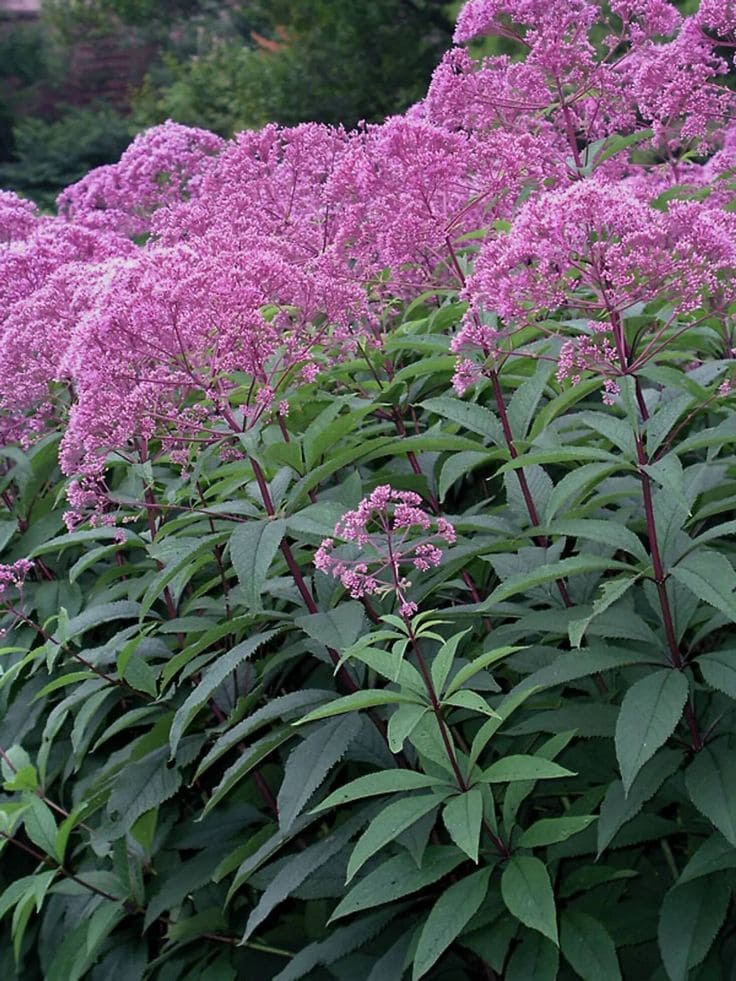
Joe-Pye weed is a tall, flowering perennial that dragonflies love. Its pinkish-purple blooms attract dragonflies while its height provides a natural resting spot.
Joe-Pye weed thrives in full sun to partial shade and moist soil.
Tip: Don’t stake it unless you absolutely must—it looks best when allowed to sway. I learned this when I over-tied my first batch, and it lost its wild, graceful charm.
#13. Yarrow
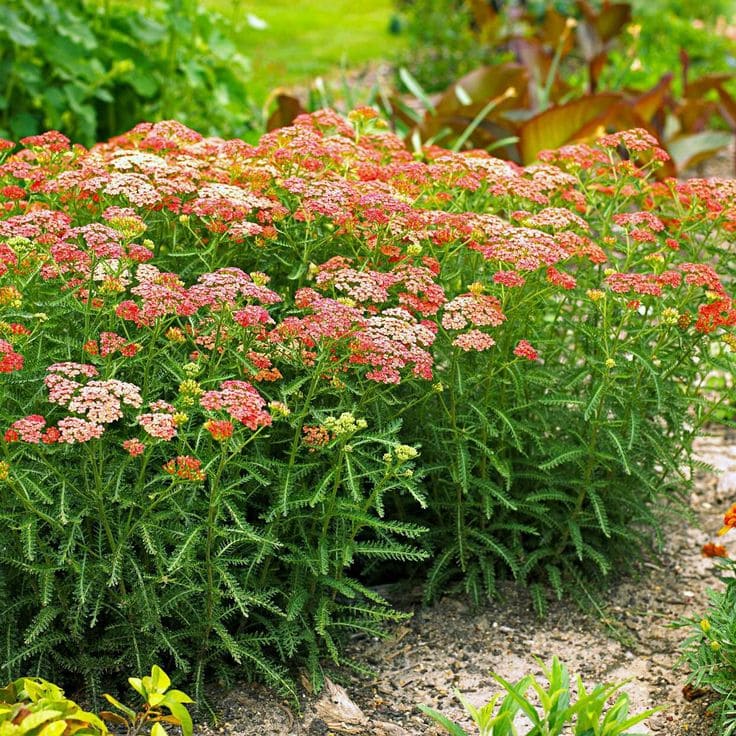
Yarrow’s tiny, clustered flowers attract dragonflies and other beneficial insects.
Its natural pest-repellent properties help keep mosquitoes at bay. Plant yarrow in well-drained soil and full sun.
Let one or two plants go to seed and reseed themselves naturally. I now have a small yarrow meadow that returns every year without any extra effort.
#14. Lavender

Lavender’s strong scent is known to repel mosquitoes, while its flowers attract dragonflies.
It’s a dual-purpose plant that adds beauty and functionality to your garden. Lavender prefers full sun and dry, well-drained soil.
Tip: Water at the base only—avoid overhead watering. I used to get mildew when I watered the whole plant. Now, I water at the roots and it stays fragrant and healthy.
#15. Bee Balm

Bee balm is a magnet for dragonflies and pollinators alike. Its colorful blooms and fragrant leaves also repel mosquitoes. Plant bee balm in rich, moist soil with good air circulation.
Notes: Divide in spring to encourage airflow. My bee balm struggled with mildew until I split and spaced the clumps more generously.
#16. Catmint

Catmint is another mosquito-repelling plant that dragonflies love.
Its fragrant purple flowers are low-maintenance and look stunning in garden borders. Catmint thrives in full sun and well-drained soil.
Tip: After the first flush, shear it back hard. It looks like a crime at first—but trust me, it’ll come back bushier and double the blooms.
#17. Water Hyacinth

Water hyacinth is light and airy, with lavender petals like floating orchids. It floats freely, shading the pond and stopping mosquito larvae cold. Dragonflies lay eggs beneath it and nap on top.
Toss extra growth into your compost weekly. It breaks down fast and gives back. I make a habit of scooping out a third every Sunday.
#18. Goldenrod

This golden bloom shines in late summer like bottled sunshine. I find it a cheerful companion during the garden’s winding down days.
Dragonflies crowd around, especially in the evening. And I rarely see a mosquito near it.
Plant in: Full sun and average soil.
Don’t fear: It doesn’t cause allergies—that’s ragweed’s fault.
#19. Mint
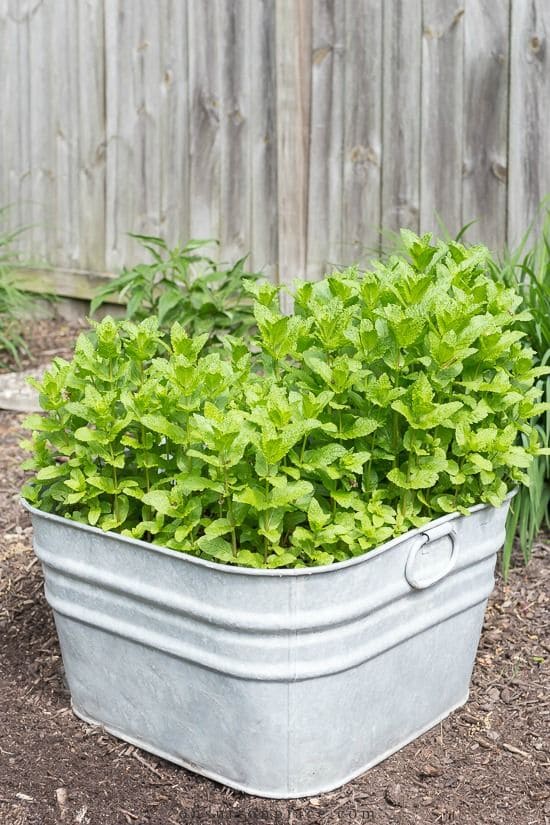
Mint’s strong aroma is a natural mosquito repellent, and its flowers attract dragonflies.
Plant it in containers to prevent it from spreading uncontrollably. Mint thrives in moist, partially shaded areas.
Tip: Snip the tips regularly and use them! Mint thrives on being trimmed. I make tea, freeze it in ice cubes, and it keeps growing fuller.
#20. Buttercups
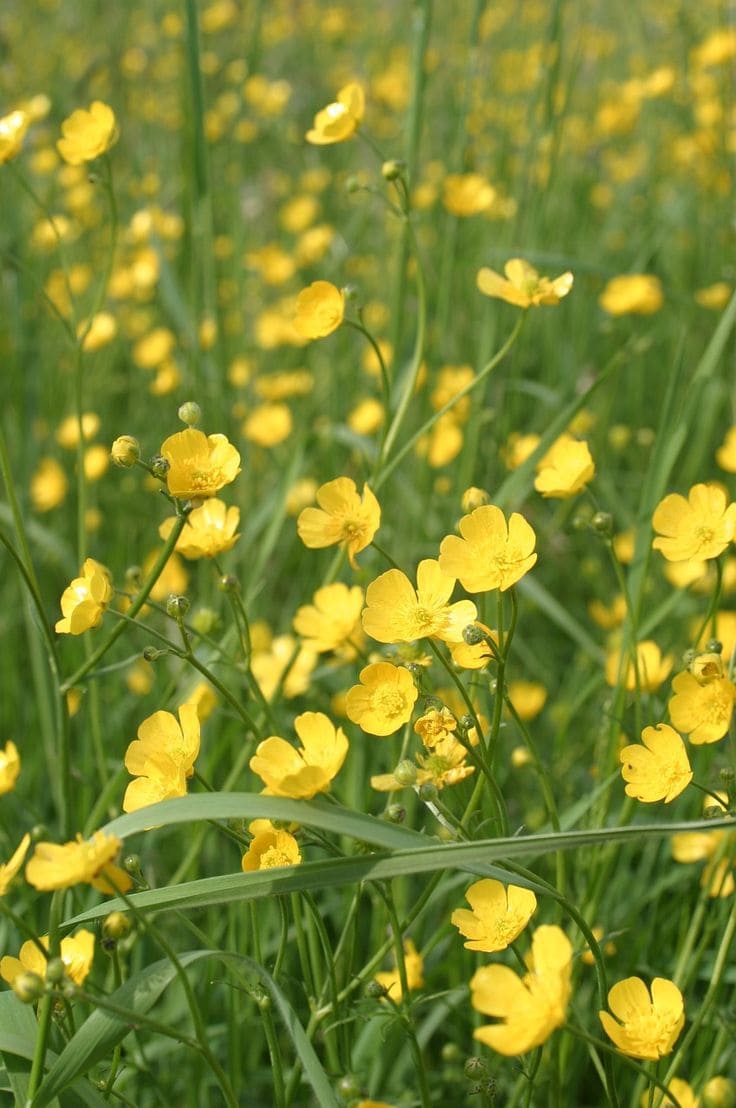
They may seem small, but buttercups glow like golden coins. Dragonflies adore the low, leafy shelter while the density keeps mosquitoes away.
They self-seed gently and brighten shady areas with little effort.
Best in: Moist, rich soil and dappled sunlight.
Tip: Let them naturalize under trees for a dreamy spring effect.
Final Thoughts
Every one of these plants carries more than just a bloom or a scent—it holds a memory, a quiet victory, or a lesson in patience. Some took root easily. Others taught me to try again. But together, they shaped a garden that feels alive with balance. A place where dragonflies dance like little guardians, and where mosquitoes seem to know they’re not welcome anymore.

